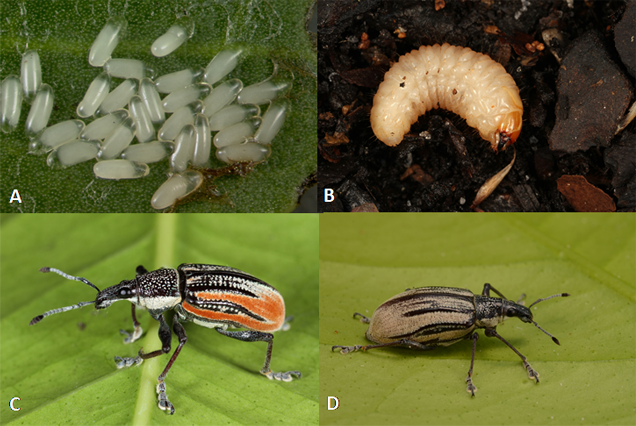
by Russ Mizell | Sep 14, 2018
Russ Mizell and Xavior Martini, UF/IFAS Entomologists, NFREC, Quincy Citrus production in North Florida is expanding rapidly in response to the devastation of citrus in Central and South Florida due to citrus greening disease. Citrus acreage in southern Georgia is...
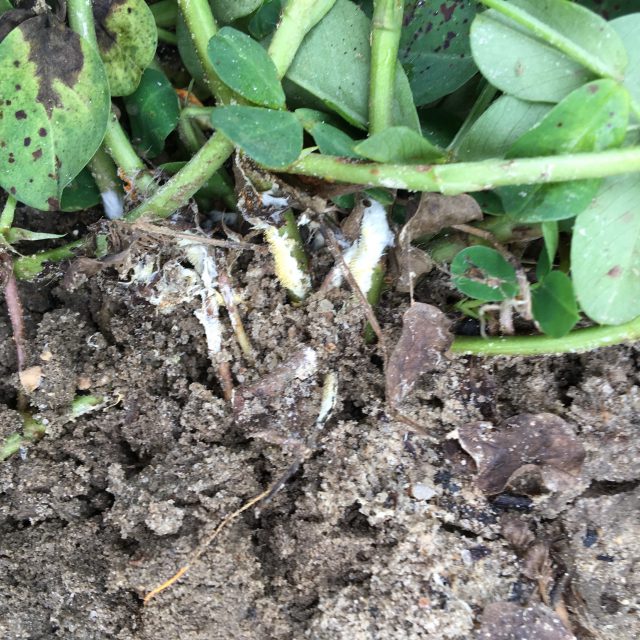
by Libbie Johnson | Jul 20, 2018
This article is from an educational update email from Dr. Bob Kemerait, UGA Plant Pathologist. Dr. Kemerait gave permission for Panhandle Ag to use this to share with the growers of Florida. Andrew Sawyer, UGA Wilcox County Extension, sent me these great pictures...

by Nick Simmons | Jun 29, 2018
Recent reports of salmonella sickness by the Center for Disease Control (CDC) has caused an increased focus on animal-human interaction. According to these reports, over 100 people in multiple states have been ill with salmonella. The CDC states that the most likely...
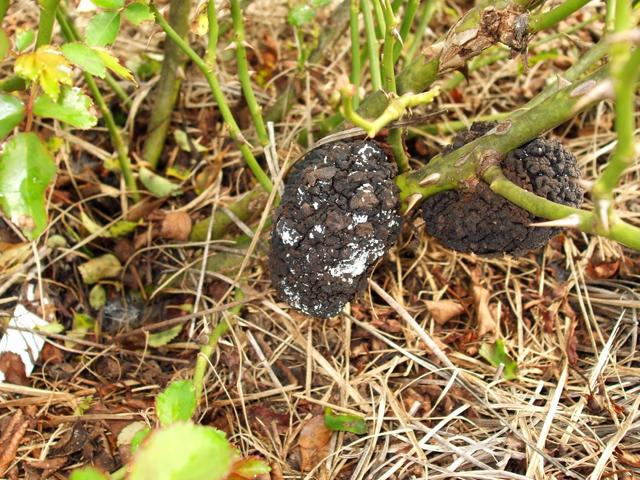
by Mathews Paret | Oct 20, 2017
Kamil Duman, Susannah Wright, Fanny Iriarte, Barron Riddle, Gary Knox and Mathews Paret, University of Florida – NFREC, Quincy, FL For rose nurseries, and commercial landscapers, each of the many rose diseases are as important as the others. Crown Gall,...
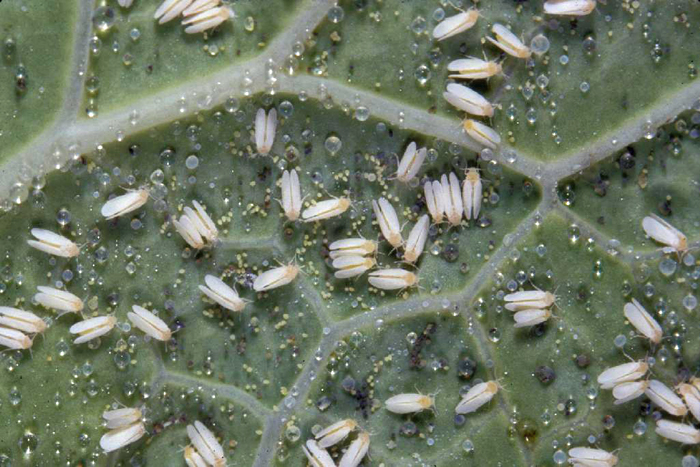
by Ethan Carter | Aug 25, 2017
Sliverleaf whiteflies (SLWF), also known as sweet potato whiteflies, are a major pest in many cropping systems. The SLWF has a broad feeding range of over 600 host plants, which includes ornamental, vegetable, and field crops. This season, large populations of...
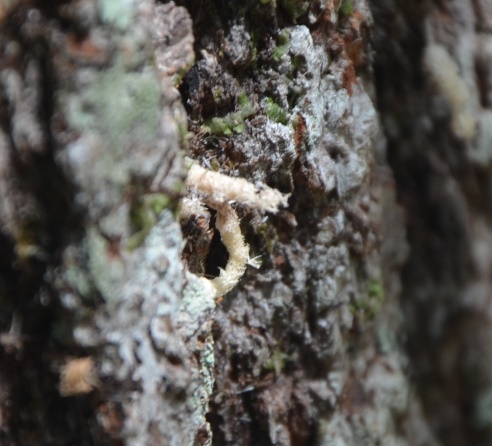
by Les Harrison | Jul 14, 2017
Ambrosia beetles are known for attacking various woody plants, causing some limb and stem dieback and sometimes plant death. There are at least 30 species of ambrosia beetles in Florida, several of which are non-native. Typically ambrosia beetles have a symbiotic...







